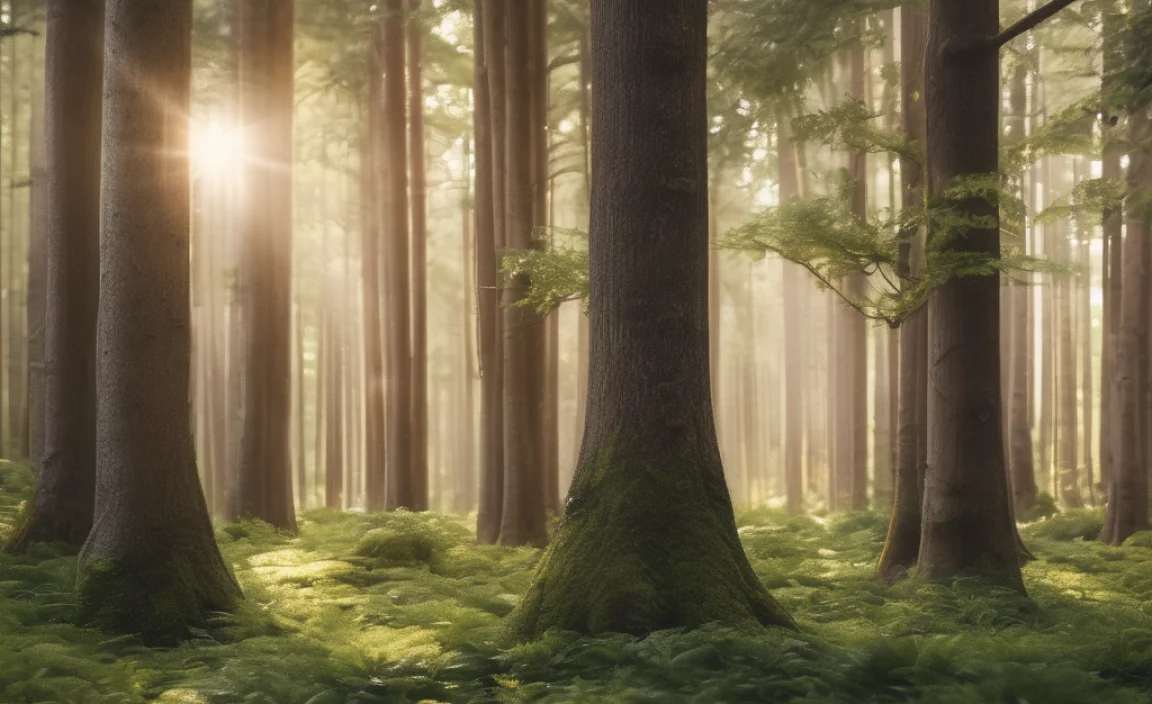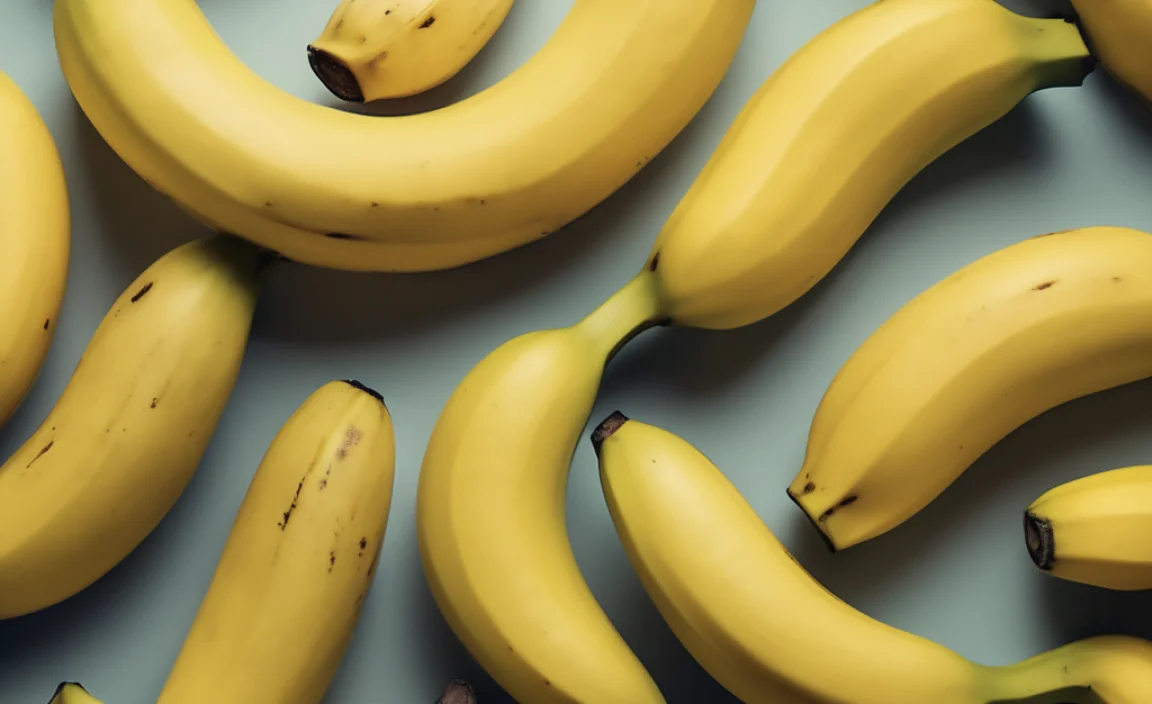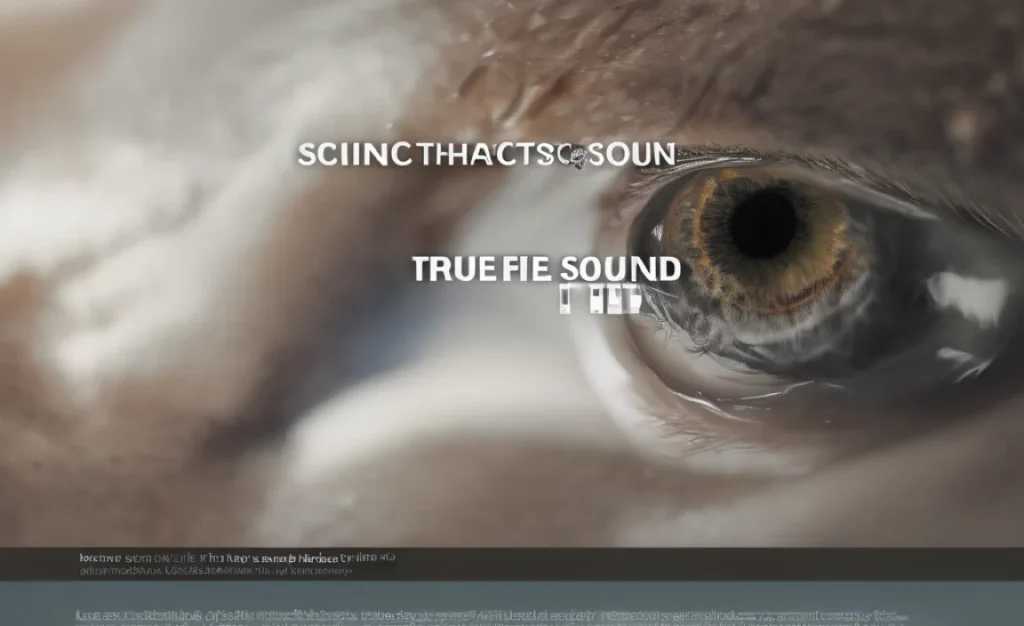Have you ever heard a science fact that sounds too strange to be true? Imagine a tiny animal that can survive in space, or a tree that “walks” to find sunlight. These are not stories from a fantasy book. They are real science facts that sound fake but true. Get ready to explore these amazing truths and discover more incredible facts!
Key Takeaways
- Some animals can survive in outer space without protection.
- There are trees that appear to “walk” slowly over time.
- Bananas are berries, but strawberries are not.
- Science facts that sound fake but true can be fascinating and fun.
- Lightning strikes the Earth about 100 times every second.
Animals That Don’t Need Space Suits

When you think of space, you might imagine astronauts in bulky suits. But did you know some tiny animals don’t need suits to survive in space? Meet the tardigrades, also called water bears. These microscopic creatures are nearly indestructible. Scientists took them to space, and they survived! They can handle extreme cold, heat, and radiation. It’s amazing how a tiny creature can do what humans can’t without special gear.
- Tardigrades are less than 1mm long.
- They can live in boiling water.
- They survive freezing temperatures.
- Radiation doesn’t harm them.
- They can go without food for years.
How do they do it? Tardigrades have a special ability to turn into a ball and dry out. This state protects them from harm. When conditions improve, they return to life. This ability makes them survive where other life forms can’t. Scientists study tardigrades to learn more about survival in harsh conditions.
Fun Fact or Stats : Tardigrades have been around for over 500 million years!
How the Tardigrades Survive
What would happen if you went to space without a suit? You wouldn’t last long. But tardigrades are different. They dry up and become almost like dust. In this state, they can survive harsh conditions. When they find water, they come back to life. It’s like pressing a pause button on life!
Other Amazing Space Survivors
Did you know there are other space survivors too? Some bacteria and fungi can survive in space. These tiny life forms amaze scientists. They can withstand radiation and extreme temperatures. These findings help scientists learn how life might exist on other planets. Could there be other life forms out there?
Why Study Tardigrades?
Why do scientists care about tardigrades? These tiny creatures may hold secrets to future space travel. Imagine if humans could survive harsh conditions like tardigrades. Trips to other planets might be possible. Scientists hope to unlock these secrets and make space travel safer for humans.
Trees That Walk

Have you ever thought trees could walk? It sounds like a fairy tale, but it’s partly true! In the rainforests of Ecuador, there’s a palm tree that seems to move. It’s called the “walking palm.” Its roots grow in a way that makes it look like it’s walking. Over many years, it can move a few meters! This helps the tree find sunlight as it grows.
- The walking palm grows in South America.
- It moves to find light.
- Roots grow above ground.
- It can move a few meters over time.
- Helps the tree survive in dense forests.
The walking palm’s roots look like stilts. As new roots grow towards light, old roots die off. This slow movement helps the tree get the sunlight it needs to grow. It’s not actual walking as we know it, but it adapts to find the best spot for sunlight. Truly, nature has its wonders.
Fun Fact or Stats : The walking palm can move up to 20 meters in a lifetime!
The Science Behind Moving Trees
How can a tree move? The walking palm’s roots grow above ground. New roots grow toward the sunlight, while others die back. This creates a slow movement. It’s not fast like a person walking, but it’s enough to help the tree find light. Isn’t that clever?
Other Trees with Unique Traits
Other trees have their unique traits too. For example, banyan trees spread by dropping roots from their branches. Mangroves grow in salty water with special roots to breathe air. Nature is full of amazing adaptations that help plants survive in different environments.
Why Do Trees Adapt?
Why do trees need to adapt? Forests can be crowded and dark. By finding ways to reach sunlight, trees can grow taller and stronger. Adapting helps them survive in challenging environments. It’s a race for resources, and the best-adapted trees win.
Bananas Are Berries?

You probably think of berries as small and round. But in science, a banana is a berry! This fact sounds strange but true. Berries are fruits with seeds inside and develop from a single flower. Bananas fit this definition. Meanwhile, strawberries aren’t berries! They grow from multiple flowers and have seeds outside.
- Bananas are botanically berries.
- Strawberries are not true berries.
- Berries have seeds inside.
- Bananas grow from a single flower.
- Berries have thin skin.
Surprising, right? This mix-up happens because we often use common terms rather than scientific ones. Understanding this helps us learn more about plant biology. It’s fun to see how these definitions change our view of fruits.
Fun Fact or Stats : Avocados and pumpkins are also considered berries!
What Defines a Berry?
What makes a fruit a berry? True berries have seeds inside and come from one flower’s ovary. They also have thin skin. This means fruits like tomatoes, grapes, and kiwis are berries too! Isn’t it fun how science challenges what we think we know?
Common Fruits with Surprising Classifications
Have you ever thought about the classification of other fruits? Cucumbers and eggplants are berries too! It’s surprising how many fruits don’t fit our everyday understanding. Science opens our eyes to a whole new world of plant classification.
Why Does Classification Matter?
Why should we care about fruit classification? It helps scientists communicate. Knowing the true types of fruits aids in research and agriculture. It also helps us understand the evolution and relationship of plants. Next time you eat a banana, remember you’re eating a berry!
Lightning’s Constant Strikes

Did you know lightning strikes the Earth around 100 times every second? This shocking fact sounds fake but true! Lightning is a giant spark of electricity in the sky. It happens when clouds build up electrical charges. When the charge gets too strong, it looks for a way to the ground. That’s when lightning flashes.
- Lightning strikes 100 times a second.
- It’s a giant spark of electricity.
- Charges build up in clouds.
- Lightning seeks a path to the ground.
- It’s powerful and dangerous.
Lightning can be both beautiful and dangerous. It’s powerful enough to start fires and injure people. Scientists study lightning to understand and predict storms better. This helps keep people safe during severe weather. Isn’t it amazing how much energy is in a single lightning strike?
Fun Fact or Stats : The temperature of lightning is hotter than the sun’s surface!
The Science of Lightning
What causes lightning? Electrical charges inside a cloud separate. Positive charges move to the top, and negative charges go to the bottom. When these charges meet, they create a spark—lightning! This process happens very fast. Have you ever counted the seconds between a flash and thunder?
Lightning Around the World
Lightning strikes everywhere but most often in certain places. The Democratic Republic of the Congo has the highest number of thunderstorms. In the U.S., Florida is the lightning capital. Knowing these facts helps people in these areas stay safe during storms.
Staying Safe from Lightning
How can you stay safe during a storm? Avoid open fields and tall trees. Stay indoors if possible. If you’re outside, find shelter quickly. Never use electrical appliances during a lightning storm. Remember, safety first!
| Place | Lightning Strikes Per Year | Safety Tips |
|---|---|---|
| Congo | Over 100 times | Stay indoors |
| Florida | High frequency | Avoid open spaces |
| Venezuela | Frequent strikes | Stay away from water |
| India | Common during monsoon | Find shelter quickly |
Why Do These Facts Matter?

Why do these science facts that sound fake but true matter? They spark curiosity and make learning fun. They show us that there’s always more to discover in the world. These facts remind us that science is full of surprises. They encourage us to ask questions and explore more.
- Science facts spark curiosity.
- They make learning fun.
- They show the world is full of surprises.
- They encourage exploration.
- There’s always more to discover.
When we learn something new, it opens our minds to endless possibilities. These facts may seem unbelievable at first. But they teach us to look beyond appearances and understand the science behind them. Science is a never-ending adventure.
Fun Fact or Stats : Over 1,500 new species are discovered every year!
Encouraging Curiosity in Kids
How can we encourage curiosity in kids? Share amazing science facts with them. Let them ask questions and find answers. Encourage them to explore nature and conduct experiments. When kids are curious, they learn better. They become the scientists and explorers of tomorrow.
Exploring the Unknown
What can you do to explore the unknown? Visit a science museum. Watch documentaries about space, nature, and technology. Read books about science. Involve yourself in science projects at school. The more you explore, the more you learn!
The Power of Asking Questions
Why is asking questions important? Questions lead to discoveries. They help us understand the world better. Encouraging questions keeps our minds active and engaged. Never be afraid to ask “Why?”—it’s the first step toward learning.
Conclusion
Science is full of wonders and surprises. These science facts that sound fake but true show us an amazing world. They teach us about the possibilities of life and nature. By exploring these facts, we learn and grow. Keep asking questions and discover the wonders of science!
FAQs
Question: What is an example of a science fact that sounds fake?
Answer: One example is that tardigrades can survive in outer space without protection. This tiny creature can withstand extreme conditions that humans cannot. It seems unbelievable but is scientifically proven.
Question: How do walking palms move?
Answer: Walking palms appear to move by growing new roots toward sunlight. As old roots die, this gives the tree a slow, steady movement over time. It’s not walking in the traditional sense, but an adaptation to find light.
Question: What makes a banana a berry?
Answer: Botanically, a banana is a berry because it develops from a single flower. It has seeds inside and thin skin, fitting the scientific definition of a berry. This classification surprises many people!
Question: Is lightning really hotter than the sun?
Answer: Yes, lightning can reach temperatures hotter than the sun’s surface. The sun’s surface is about 10,000 degrees Fahrenheit, while lightning can reach 50,000 degrees Fahrenheit. It’s a powerful and astonishing natural phenomenon.
Question: Why do scientists study science facts that sound fake?
Answer: Studying these facts helps scientists learn more about the natural world. They uncover mysteries and lead to new discoveries. Understanding these facts expands our knowledge and opens up new possibilities in science.
Question: How can I explore more science facts?
Answer: You can explore more by reading books, watching documentaries, and visiting science museums. Engage in science projects at school and ask lots of questions. The more you learn, the more fascinating the world becomes.











